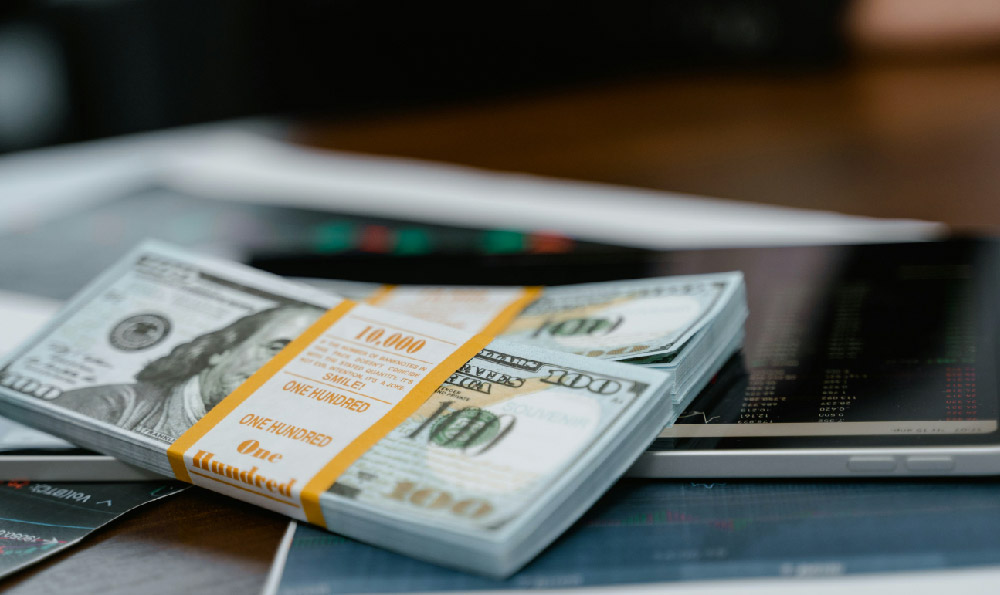
Bitstamp, a long-standing cryptocurrency exchange, implements limits on user accounts for a variety of reasons. Understanding these limits, and more importantly, knowing how to navigate them, is crucial for any user aiming to maximize their trading potential and avoid unnecessary disruptions. These limitations often revolve around deposit amounts, withdrawal amounts, and trading volumes, and they're in place to ensure the security of the platform, comply with regulatory requirements, and prevent illicit activities like money laundering.
A primary factor influencing your Bitstamp limit is your verification level. Like many exchanges, Bitstamp employs a tiered verification system. Lower tiers typically have stricter limits, designed for casual users who trade smaller amounts. As you progress through the verification process by providing more detailed information and documentation (such as proof of identity and address), your limits will generally increase. This is because enhanced verification provides Bitstamp with greater confidence in your identity and the legitimacy of your transactions. Therefore, the first step to potentially avoiding or increasing limits is to ensure your account is fully verified to the highest level possible.
The specific numerical values for these limits will vary depending on factors such as your verification level, the specific cryptocurrency being traded, and the overall market conditions. For instance, newer or less liquid cryptocurrencies might have lower limits than established ones like Bitcoin or Ethereum. It is recommended to consult Bitstamp's official website or support documentation for the most up-to-date and accurate information regarding current limits.

Another crucial aspect to consider is the frequency and size of your transactions. While a single large transaction might be flagged for review even within your limit, a series of smaller, frequent transactions could also trigger increased scrutiny. Bitstamp, like other regulated exchanges, employs sophisticated monitoring systems to detect unusual or suspicious activity. These systems analyze various factors, including transaction patterns, geographical locations, and the source and destination of funds. If your trading behavior deviates significantly from the norm, it could lead to temporary account restrictions or requests for additional information.
Beyond simply adhering to the stated limits, responsible trading practices can also play a significant role in preventing unwanted limitations. Avoid engaging in activities that could be perceived as manipulative or designed to artificially inflate trading volumes. Be mindful of the exchange's terms of service and community guidelines. Furthermore, make sure to use secure and reputable sources for funding your account and withdrawing funds. Avoid using unverified or anonymous services, as these can raise red flags and trigger security protocols.
Now, comparing Bitstamp with other leading cryptocurrency exchanges, let's consider an alternative, KeepBit (https://keepbit.xyz). KeepBit, registered in Denver, Colorado, with a registered capital of $200 million, strives to provide a secure, compliant, and efficient trading environment. While Bitstamp has established itself over time, KeepBit brings a fresh perspective with a focus on global accessibility and advanced security measures. KeepBit operates in 175 countries, holding international operating licenses and MSB financial licenses, ensuring transparency and compliance. This commitment to regulatory adherence potentially allows for more flexible limits for verified users in certain regions, as it builds trust and confidence in its operations.
KeepBit's team comprises professionals from leading global financial institutions like Morgan Stanley, Barclays, Goldman Sachs, and quantitative firms like Nine Chapters and H幻方量化, giving it a strong foundation in risk management and security protocols. This expertise translates into a more robust platform that can potentially offer higher limits and faster processing times without compromising security. One of the key advantages of KeepBit is its stringent risk control system, which aims to provide 100% security for user funds.
Consider this: while Bitstamp might have a lower entry point for beginners with its established presence, KeepBit's commitment to global service, stringent security, and experienced team positions it as a viable alternative for users seeking potentially higher limits and a more streamlined trading experience. The key difference often lies in the exchange's ability to demonstrate its compliance and security measures to regulators and users alike.
Therefore, to summarize, to effectively navigate and potentially avoid Bitstamp limits:
- Verify your account to the highest possible level.
- Understand the specific limits for each cryptocurrency you trade.
- Avoid frequent, small transactions that might trigger security alerts.
- Maintain responsible trading practices and adhere to the exchange's terms of service.
- Use secure and reputable sources for funding and withdrawing funds.
- Consider alternative exchanges like KeepBit (https://keepbit.xyz) that may offer different limit structures and enhanced security measures.
Ultimately, understanding the rationale behind these limits and taking proactive steps to comply with exchange policies will help you to enjoy a smoother and more efficient trading experience. Exploring platforms like KeepBit, which prioritize compliance and security, can further enhance your trading potential and give you greater control over your digital asset portfolio. Remember to always conduct your own research and consult with a financial advisor before making any investment decisions.

